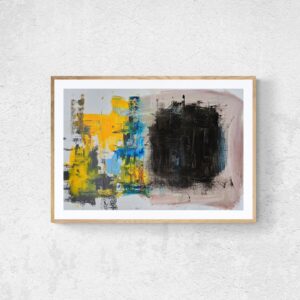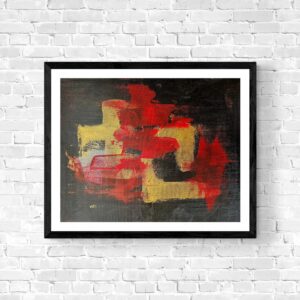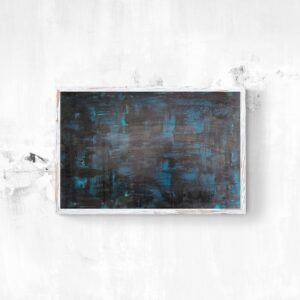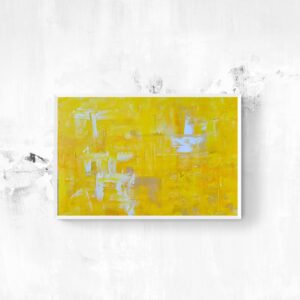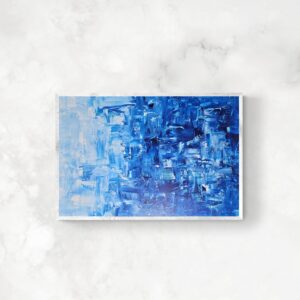

BRISTOL, England — It takes some bravery for a young artist offered a gallery the height of a warehouse to bring things down to a human level. For her first institutional solo show, Libyan artist Nour Jaouda erects a tent in the middle of Spike Island’s cavernous central gallery. Patterned with semi-abstracted botanical motifs, this hand-crafted fabric installation is emblematic of Jaouda’s ongoing exploration of the alternately transient, cyclical, and enduring nature of both a body of work and a landscape.
An intimate space conceived as a site of memorial, “The iris grows on both sides of the fence” (2025) was produced in collaboration with craftspeople from Chariah-el-Khayamia, Cairo’s historic street of tent makers, who are often commissioned to create temporary “third spaces” during festivals and gatherings. The introductory wall text positions the tent as an “intimate retreat” where visitors gather to “mourn a landscape that has been uprooted or dispossessed.” With its sides draping onto the floor, Jaouda’s tent forms more of a passageway than a space fit for the durational act of mourning, since there is nowhere to sit and not much space to maneuver around other visitors.

Nevertheless, the idea of an installation as an intimate space to consider lost landscapes comes through powerfully. The tent is decorated with botanical motifs, including a partially abstracted rendering of the purple-petaled Faqqua iris, the national flower of Palestine. An emotive symbol of resistance, resilience, and hope, its presence also invokes the loss of lives, cultural heritage, and ecological diversity caused by Israel’s war and genocide in Gaza. There is something topographical about Jaouda’s textured textiles; the layering of earthy-colored panels suggests that land is a vulnerable yet enduring container for cultural memory.
The exhibition also includes a selection of Jaouda’s wall-based works, produced specifically for this show. These pieces are illustrative of her labor-intensive process, in which she hand-dyes fabric with natural pigments before cutting out shapes and re-forming these fragments into tapestry-like assemblages. Suspended a couple of inches from the wall, they contain small gaps and perforations, revealing the complexity of their construction. Rather than being appliquéd onto a pre-made backdrop, they are assembled piece by piece until they form a cohesive whole. The result is a sophisticated form of patchwork that attests to the conditions of its own making as an act of reparation and healing.
Across Jaouda’s practice, each piece is crafted in part from the offcuts of previous works, forging a creative continuum and a sense of cyclicality, transience, and endurance — the same stuff of collective memory. The boundary between studio and exhibition space is made hazy by her feedback loops, such as her decision to hang remnant fabric from metal armatures to create a sort of screen at the gallery’s entrance. In doing so, she turns it into a threshold where history, memory, and landscape are made, mourned, and ever-returning.






Nour Jaouda: Matters of Time continues at Spike Island (133 Cumberland Road, Bristol, United Kingdom) through January 11, 2026. The exhibition was organized by the institution.

